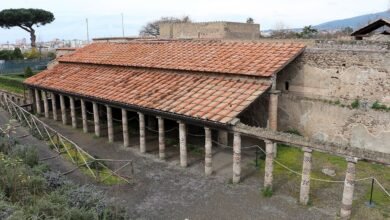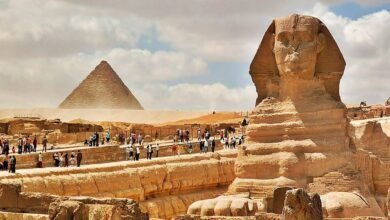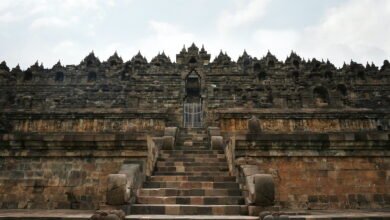The Colosseum, the Flavian Amphitheatre, is a well-known Roman construction enthrals travellers with its majesty and ancient significance. This web page overviews this high-quality marvel well because it walks you through this site’s history, architecture, events, and influence.
Introduction
A testament to Rome’s architectural brilliance and cultural legacy is this place. Its distinctive form has endured time due to its substantial length and robust design. This page explores the rich and intriguing material related to this place.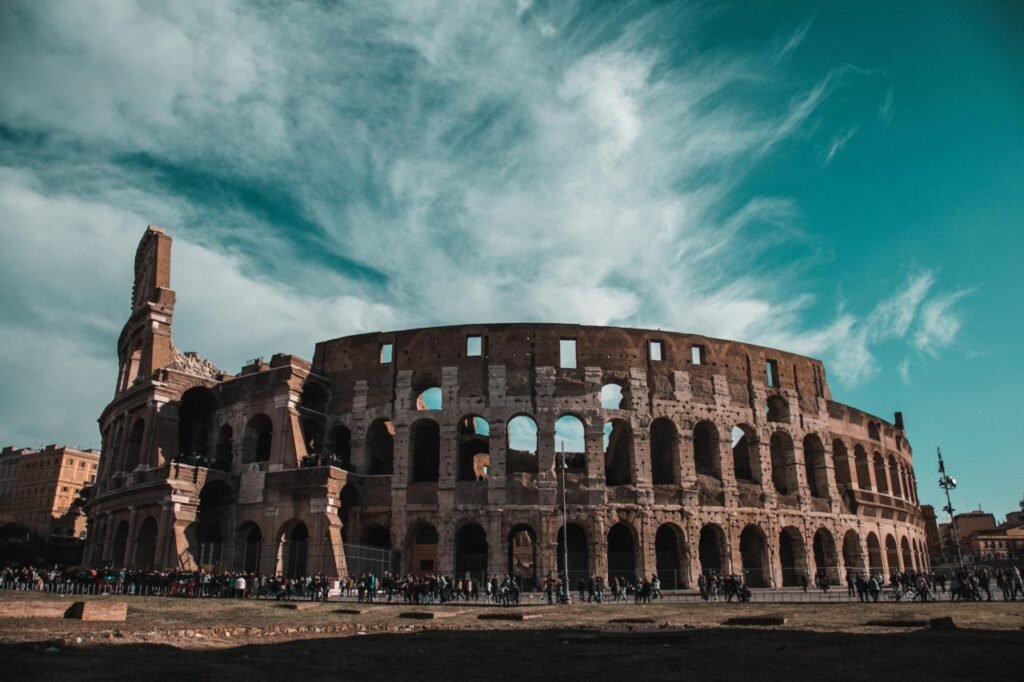
Brief History
The Colosseum’s origins may be traced back to the Flavian Regime, accompanying creation origin in 70 AD beneath the ruler Vespasian. His son Titus completed it in eighty AD. This theatre was constructed as a venue for numerous public spectacles, including gladiatorial contests, animal hunts, and ridicule naval battles.
Architecture and Design
The structural brightness of this place is magnificent. It boasts an oval-shaped shape, accompanying four accounts, and can postpone to 50,000 bystanders. The seating arrangement was divided into sections based on social hierarchy, with the emperor having his special box. The exterior combines travertine stone and concrete, while the interior has an elaborate network of corridors, tunnels, and chambers.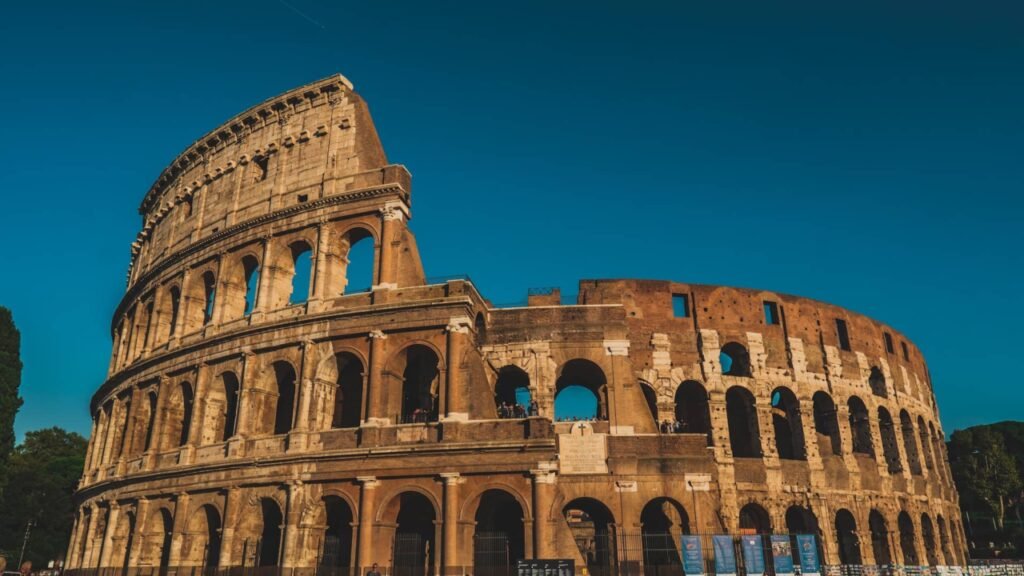
Events and Activities
In old Rome, the site was dressed as the centre of amusement. The family assembled to see various projects containing aggressive fighting, animal hunts, and recreations of memorable wars. Emperors used these displays to amuse the populace, demonstrate their power, and keep the peace.
Gladiators and the Colosseum
Gladiators gambled a meaningful role in this site’s occurrences. These skilled fighters, often prisoners of war or enslaved people, battled against each other or ferocious animals to entertain the crowd. They were admired for their bravery and combat skills, with some even achieving celebrity status.
The Colosseum Today
Despite the weathering and damage over the centuries, this place symbolizes Rome. Today, millions of tourists come there to enjoy its splendour and discover Rome’s past. This place is undergoing extensive restoration so visitors can experience its sensation up close.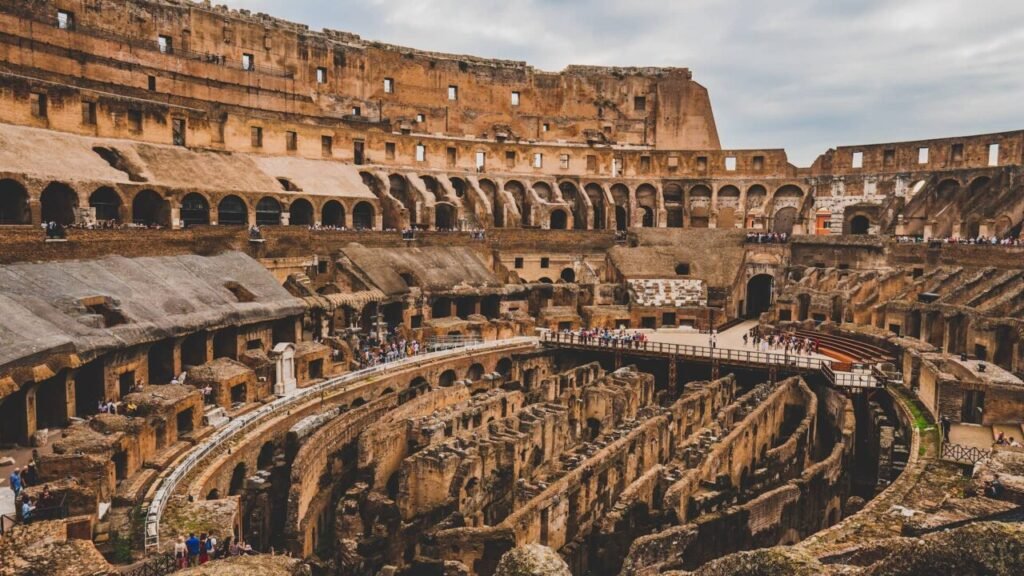
Impact and Significance
This place holds immense historical and cultural significance. It acts as a prompt for the strength and grandeur of the Roman Empire, showcasing the architectural and engineering brilliance of the time. Furthermore, it sheds light on ancient Roman society’s social and cultural aspects.
How to Visit
A trip to this site is unique knowledge. Having fun during your visit requires that you. You are suggested to get your tickets in advance to avoid long queues. Guided tours are also available, providing valuable insights into the historical context and architectural details. It is recommended to allocate sufficient time to explore this site thoroughly.
Interesting Facts
- This place served as an objective and a fortress for a given day or period.
Over a heap of mammals and about 500,000 crowds were estimated to have expired, all the while the site’s occurrences. - It was a place of amusement and a character Concerning ancient culture manufacturing and structural expertise.
Conclusion
The Colosseum stands as an enduring testimony to the class of historic Rome. Its architectural beauty, historical significance, and cultural effect make it a must-go vacation spot for record fanatics and tourists alike. Exploring the site lets us resolve the mysteries of the beyond and advantage a deeper appreciation for the achievements of our ancestors.
FAQs for The Colosseum
When was the Colosseum built?
Construction of the Colosseum began in 72 AD and was completed in 80 AD, during the reign of Emperor Vespasian. Emperor Titus later inaugurated it.
What was the purpose of the Colosseum?
The Colosseum was primarily used for hosting gladiatorial games, animal hunts, and other forms of public entertainment. It was designed to accommodate large crowds and give them a grand spectacle.
How big is the Colosseum?
The Colosseum is an impressive structure. It has a circumference of about 573 meters (1,880 feet) and stands around 48 meters (157 feet) tall. The elliptical arena measures 86 meters (282 feet) by 54 meters (177 feet).
Who were the gladiators?
Gladiators were professional fighters, typically slaves or prisoners of war, who were trained to fight in the arena to entertain the spectators. They fought with various weapons and armor, and their battles were often to the death.




